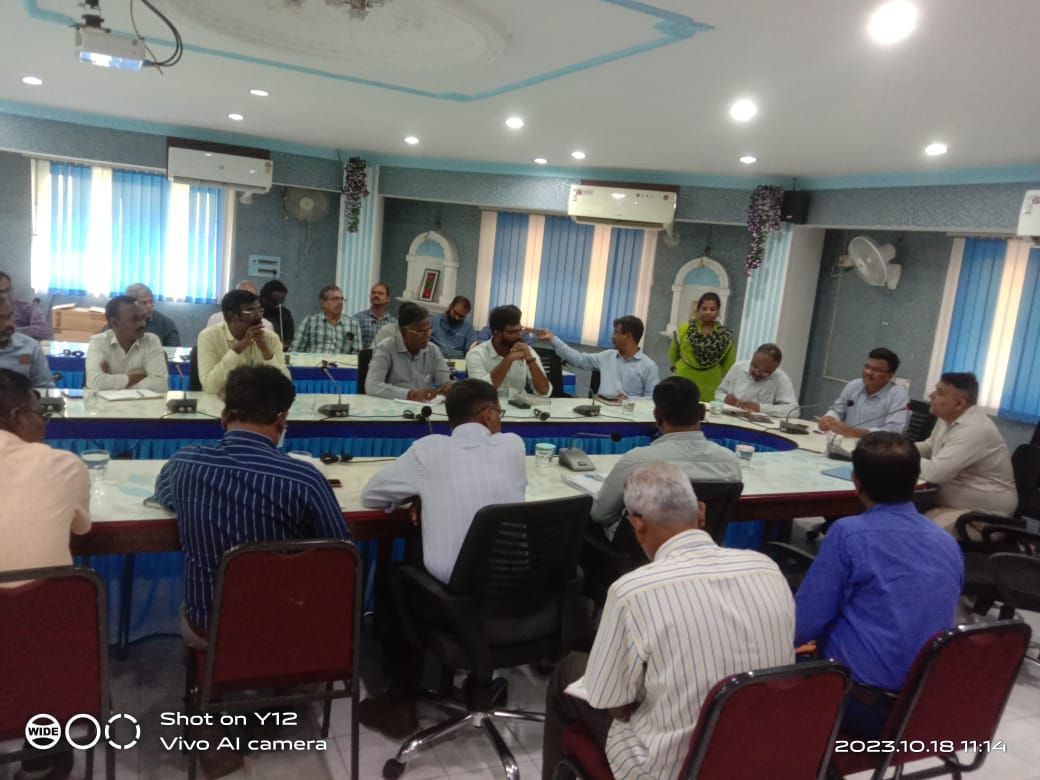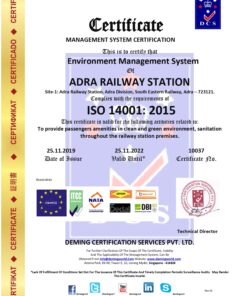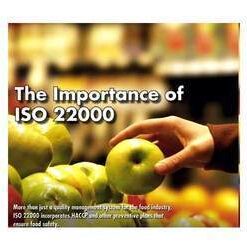Sale!
ISO 15089 Welding Quality Assurance
Original price was: ₹25,000.00.₹20,000.00Current price is: ₹20,000.00.
ISO 15089 is a standard related to welding quality assurance. It provides guidelines and requirements to ensure that welding processes are carried out in a manner that results in consistent, high-quality welds. Adhering to this standard helps organizations maintain the integrity of their welded products and ensures safety and reliability.
Here are some key aspects covered by ISO 15089:
1. **Quality Management System (QMS)**: Establishing and maintaining a quality management system specific to welding processes. This includes procedures for documentation, record-keeping, and quality control.
2. **Welder Qualification**: Ensuring that welders are properly trained, qualified, and certified for the specific welding processes they perform. This involves testing and evaluating welders’ skills and knowledge.
3. **Welding Procedure Specification (WPS)**: Developing and maintaining WPS for each welding process used. A WPS provides detailed instructions on welding parameters, materials, equipment, and techniques to be used.
4. **Material Control**: Ensuring that welding materials, such as filler metals and base metals, are of the correct type, grade, and quality. This includes proper storage, handling, and traceability of materials.
5. **Equipment Calibration and Maintenance**: Regular calibration and maintenance of welding equipment to ensure accurate and consistent performance. This helps in achieving consistent weld quality.
6. **Inspection and Testing**: Implementing inspection and testing procedures to verify the quality of welds. This may include visual inspection, non-destructive testing (NDT), and destructive testing (DT) as required by the specific application and standards.
7. **Corrective Actions and Continuous Improvement**: Establishing procedures for identifying and addressing non-conformities or defects in welding processes. Implementing corrective actions and continually improving welding processes to enhance quality and efficiency.
8. **Training and Competence**: Providing training and ensuring the competence of personnel involved in welding activities. This includes both theoretical knowledge and practical skills related to welding.
It’s important for organizations to familiarize themselves with the specific requirements of ISO 15089 and implement them effectively to achieve welding quality assurance. Regular audits and assessments can help ensure ongoing compliance and continuous improvement.
If you have specific questions or need more detailed information on any aspect of ISO 15089, feel free to ask!










Reviews
There are no reviews yet.